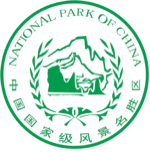












Jiulong Mountain is located in the north of Shanxi, at the junction of Lianjiang, Xinlong, Fengshan and Zhengang. It stretches 17 kilometers from east to west, with nine peaks and winding ridges, like a barrier. The main peak is 1106 meters above sea level, with a total area of 50 square kilometers. There are overlapping peaks, jagged rocks, waterfalls and rocks, and clouds.It is said that this is the place where nine real dragons spit beads. Jiulong tea, rich in the mountains, was once a tribute to the court. This is also the birthplace of Gannan Tea Picking Opera. There are natural landscapes such as Longtan, immortal piled stones, stone gongs and drums on the mountain.
Lianhua rock is located at the foot of Lianhua Mountain in Chetou Town, Anyuan County. It is a natural cave between two peaks. It is 4.5 meters wide and 7 meters long. It is equipped with platforms, Buddha seats, etc. During the Longqing period of the Ming Dynasty, Zhou Chang, the magistrate of the county, said "Lianyan cave sky". It is a summer resort. It has been listed as a cultural relics protection unit at the county level. The main landscapes include yixiantian waterfall, stone pagoda, stone Swallow Cave, etc.
Anyuan Hakka culture is profound, and the enclosure represents the crystallization of the wisdom of Anyuan Hakka people. Dongshengwei enclosure group is located in laowei village, a famous historical and cultural village in Jiangxi Province, mainly including dongshengwei, zunsan Wei, Pan'an Wei and Wei Tingwei. Dongshengwei, commonly known as "laowei", was built in the 22nd year of Daoguang of the Qing Dynasty (1842) and completed in the 29th year of Daoguang of the Qing Dynasty (1849). It took eight years and has a huge cost. It has a history of nearly 200 years. It was built by Chen langting, a local "second-class martial arts general". A plaque given by the emperor of the Qing Dynasty is hung in the enclosure. Dongshengwei, with a total area of 10391.6 square meters, is the largest square enclosure in China. In March 2013, it was listed in the seventh batch of national key cultural relics protection units.Dongshengwei block is in the shape of a circle from east to west. There are 199 houses, 9 patios and 18 halls, commonly known as "nine wells and 18 halls". The whole enclosure building is of civil and brick concrete structure, which has the functions of fire prevention, waterproof, anti-theft, shockproof and resisting external invasion. It is known as the "earth enclosure" which is "difficult for knives and guns, difficult for water and fire, easy to defend and difficult to attack". Dongshengwei building has a huge scale, magnificent, solid, scientific and reasonable layout and beautiful and generous design. It is the crystallization of the wisdom of Hakka people in southern Jiangxi.
Wuwei temple tower, located in the Wuwei Park in the northwest corner of Anyuan County, was built in the fourth year of Shaosheng of Song Dynasty (1097). It was built by the seven famous families under the auspices of Du Jian, a county man. It has a history of more than 900 years. It is named Wuwei temple tower because it is located after the "Wuwei Temple" (built in the fourth year of Changqing of Tang Dynasty and later destroyed). The tower is 61.3m high (8m high). The tower body is conical, with six sides and nine levels of appearance. Each floor is equipped with cornices, flat seats and railings. There are three doors and niches, which are separated from each other. The horn is hung with a copper bell to drive birds. The tower brake is composed of iron cast phase wheel, brake chain and baohu Lu. There are 17 light and dark layers in the tower. The ground floor is a large cloister, surrounded by railings, which can climb to the top of the tower. It is the first batch of provincial cultural relics protection units and the Sixth Batch of national key cultural relics protection units in Jiangxi Province. Level: national cultural relics protection unitTel: 0797-3732293Opening hours: 08:00-18:00Fare: 10 yuan / personLocation: Xinshan Town, Anyuan CountyAddress: Qingnian Road, Anyuan County
Located in Jingxi village, Longbu Town, Anyuan County. It is formed by cliffs nearly 100 meters high and more than 100 meters wide. Beautiful scenery, historic sites and wonders. Since the Kaixi period of the Southern Song Dynasty (1205), the Buddhist nunnery has been built for more than 800 years.It has been destroyed and repaired countless times. It is a tourist attraction. It was listed as a county-level cultural relics protection unit in 1983. It is famous for its strange rocks, springs and buildings. The main landscapes include Guanyin building, Guanyin milk, rice stone, rice screen stone, willow water, fairy stone, triangular flag, etc
Yongzhen bridge, a national key cultural relics protection unit, is located in Yongzhen village, Xinlong Township, west of Anyuan County, Jiangxi Province. It was built in the ninth year of Shunzhi of the Qing Dynasty (1652).The bridge is 38.5 meters long and 4.33 meters wide. The bridge is integrated with houses and has a unique style. It is built on fir strips on stone piers and spans the bridge hole in multiple layers, which is different from the general stone arch bridge. It is the ingenious application of ancient woodwork technology in stone arch bridge in China.The bridge overlooks the rainbow ferry and glows in front of the pavilions, adding strange makeup to the beautiful landscape.


